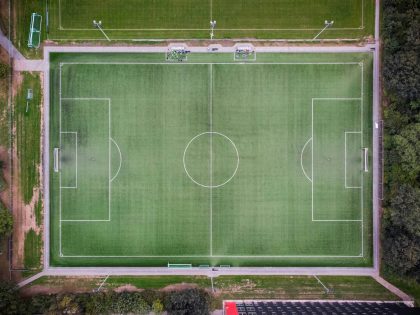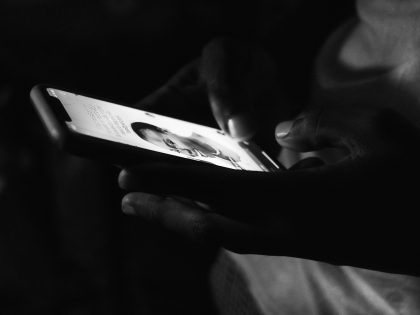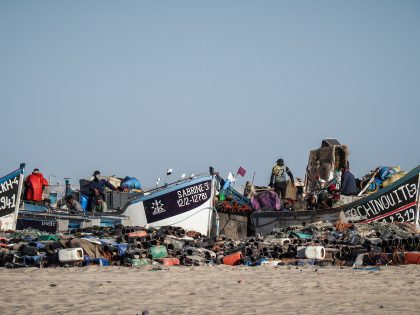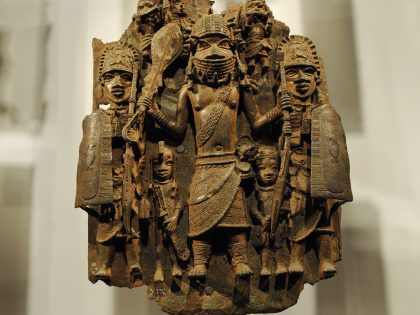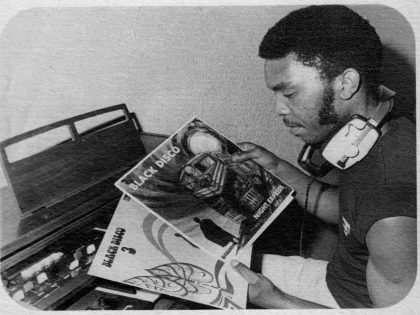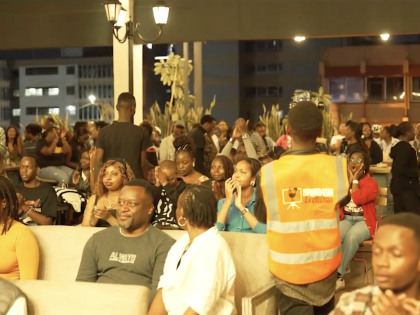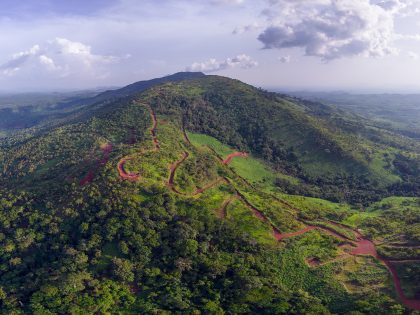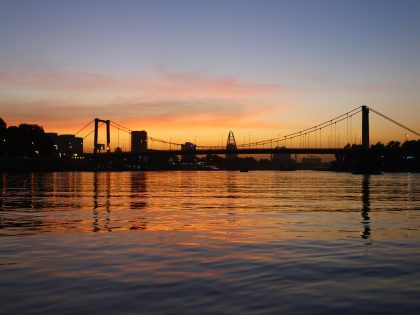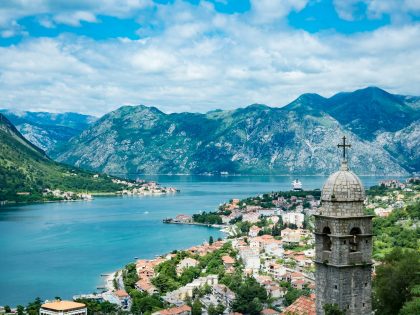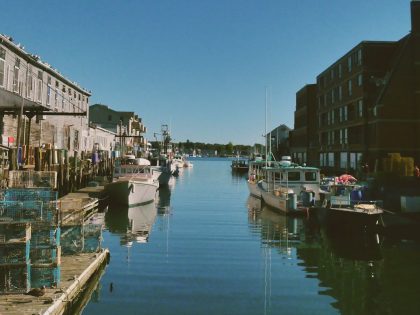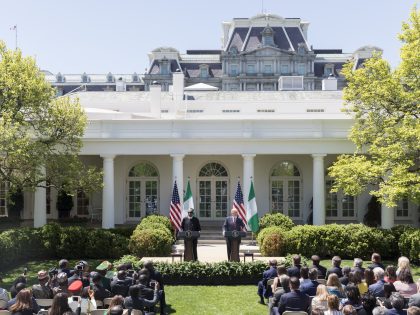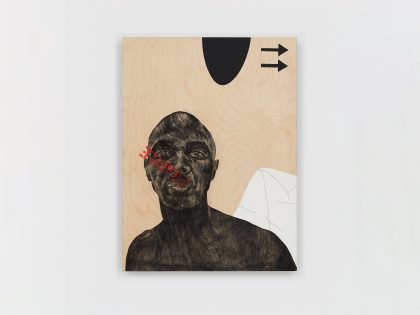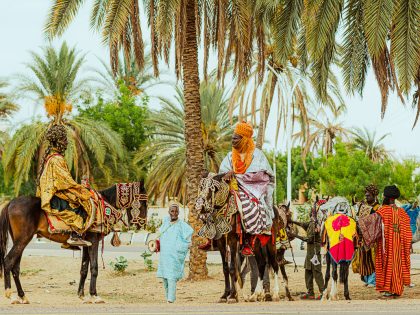The trouble with #WhiteHistoryMonth is that it is not history yet
Here’s John Pilger, writing as late as Friday, March 21, on Guardian.com on the continued theft of Aboriginal children in Australia:
… Up to the 1970s, thousands of mixed-race children were stolen from their mothers by welfare officials. The children were given to institutions as cheap or slave labour; many were abused.
Described by a chief protector of Aborigines as “breeding out the colour”, the policy was known as assimilation. It was influenced by the same eugenics movement that inspired the Nazis. In 1997 a landmark report, Bringing Them Home, disclosed that as many 50,000 children and their mothers had endured “the humiliation, the degradation and sheer brutality of the act of forced separation … the product of the deliberate, calculated policies of the state”. The report called this genocide.
Assimilation remains Australian government policy in all but name. Euphemisms such as “reconciliation” and “Stronger Futures” cover similar social engineering and an enduring, insidious racism in the political elite, the bureaucracy and wider Australian society. When in 2008 prime minister Kevin Rudd apologised for the stolen generation, he added: “I want to be blunt about this. There will be no compensation.” The Sydney Morning Herald congratulated Rudd on a “shrewd manoeuvre” that “cleared away a piece of political wreckage in a way that responds to some of its own supporters’ emotional needs, yet changes nothing”.
Today, the theft of Aboriginal children – including babies taken from the birth table – is now more widespread than at any time during the last century. As of June last year, almost 14,000 Aboriginal children had been “removed”. This is five times the number when Bringing Them Home was written. More than a third of all removed children are Aboriginal – from 3% of the population. At the present rate, this mass removal of Aboriginal children will result in a stolen generation of more than 3,300 children in the Northern Territory alone.
Image Credit: Wiki Commons

